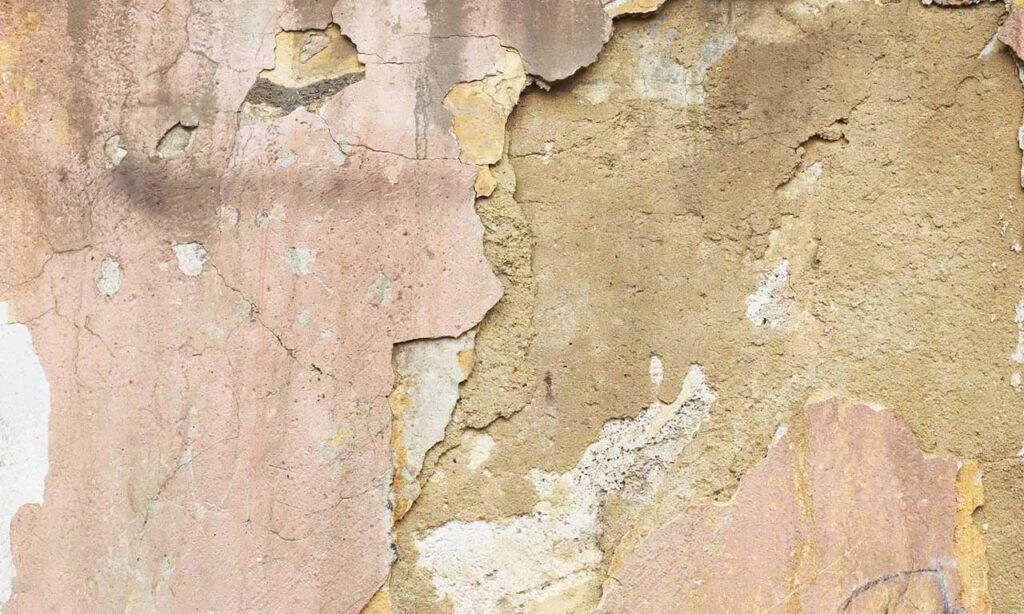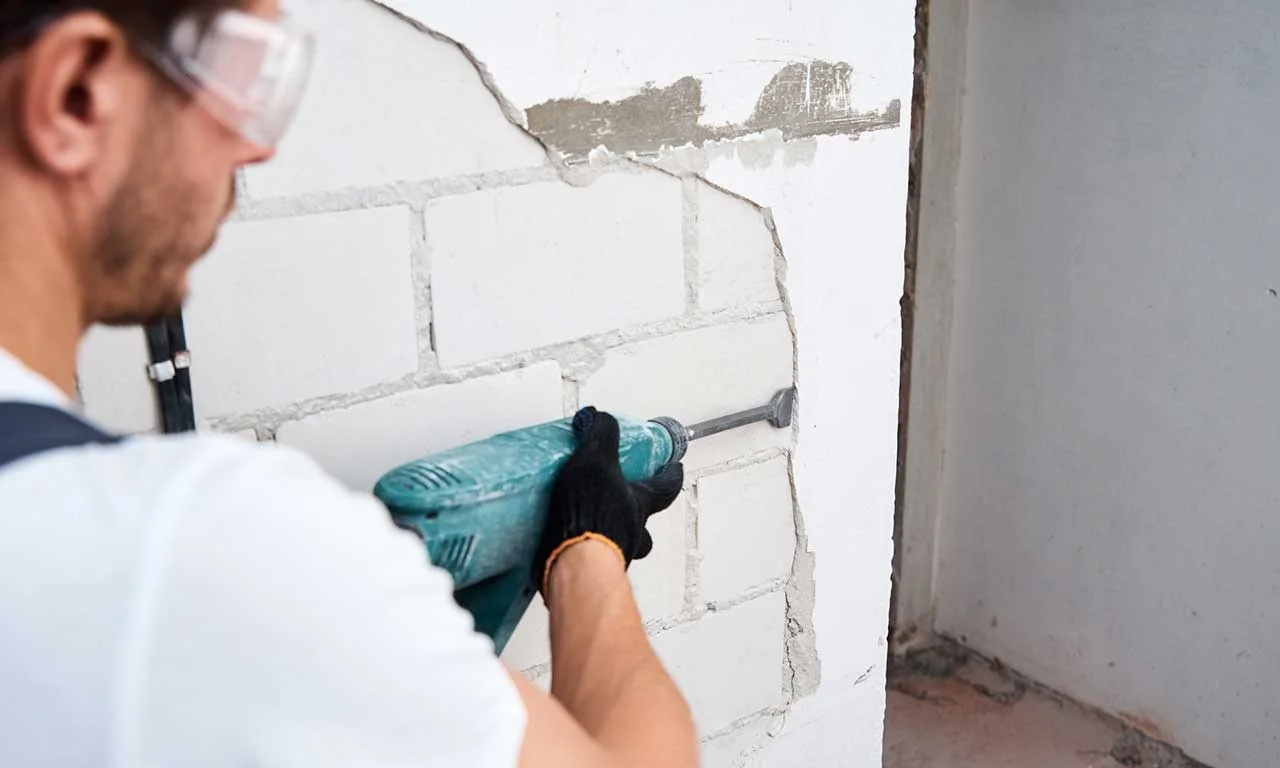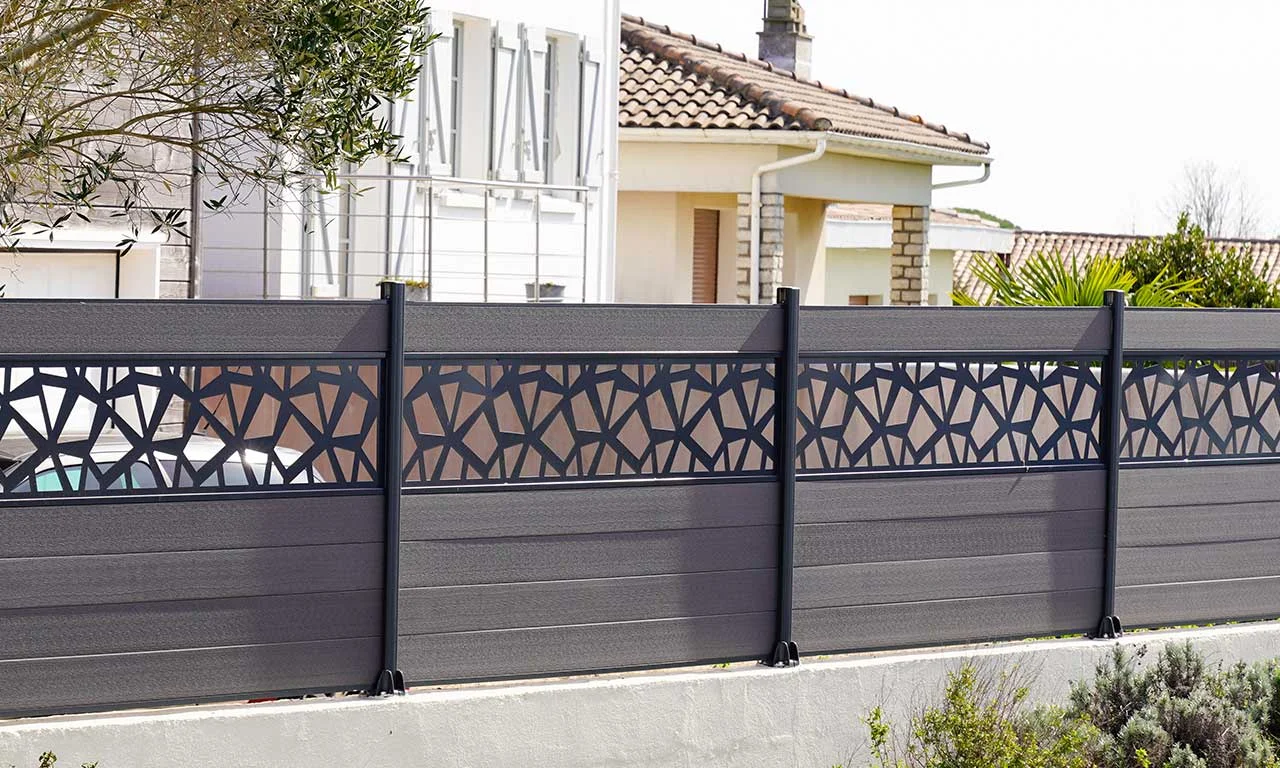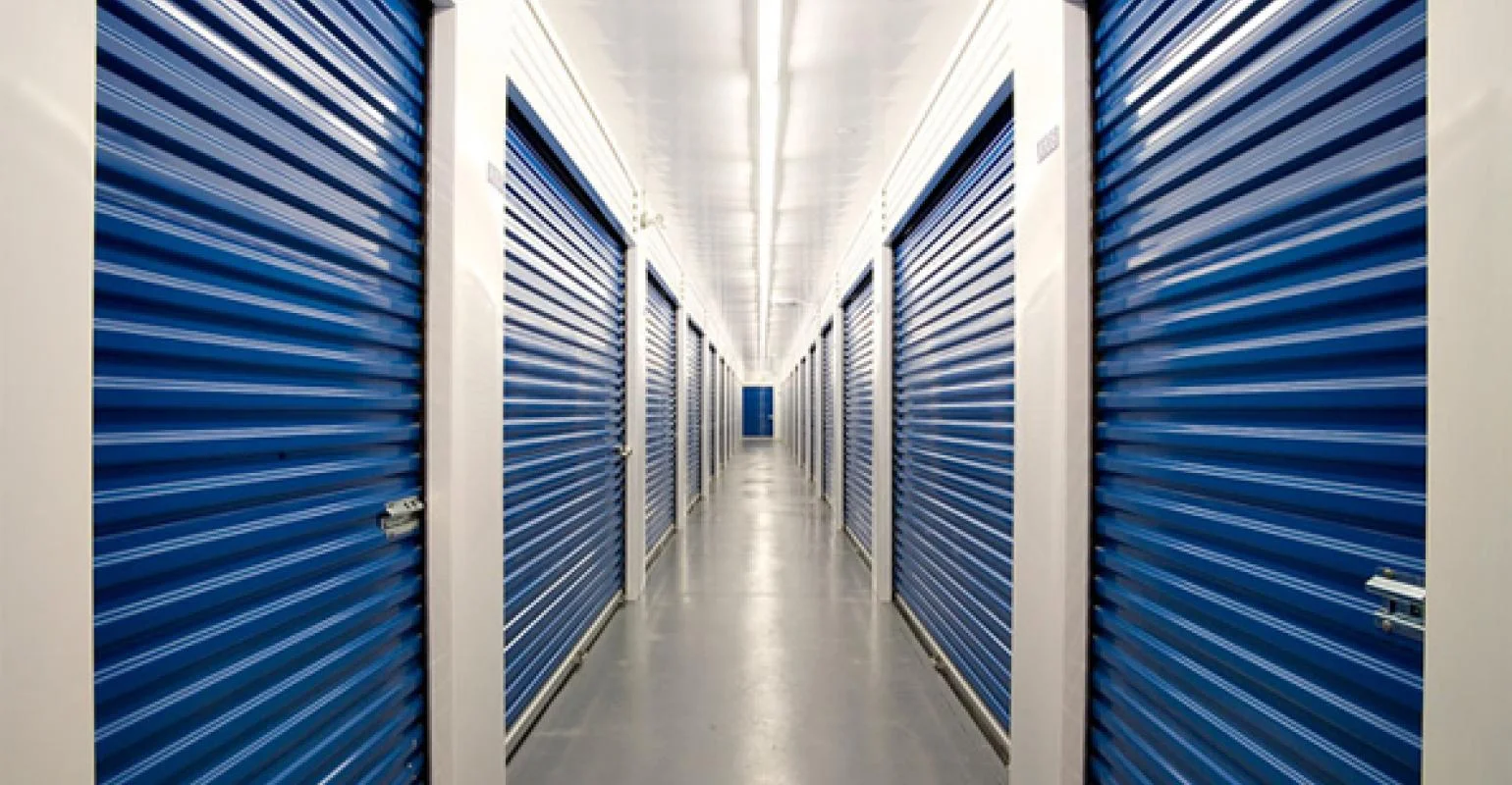Property owners have more choices than ever before when it comes to architectural styles, color schemes, and interior and exterior building materials among other elements. Though dozens of fairly new options are on the market, some of the most popular date back centuries. They’ve proven themselves effective and withstood the test of time to earn a spot among the elite. That’s certainly the case with stucco.
Historical accounts indicate that various forms of stucco were first used more than 2,000 years ago in ancient Greece. Though this material has changed and branched out a bit over time, it has continued to be an important piece of the construction puzzle. People around the world continue to use stucco on many types of structures. Local stucco contractors can help their customers make the most of this time-tested material and aid in keeping it beautiful and functional.
Explaining Stucco
Stucco is a common sight on homes, businesses, decorative walls, fences, and other structures. It’s basically a type of finishing material used on exterior surfaces. Conventional stucco is a mixture of lime, sand, and water. Those ingredients come together to make a thick material that dries to create a solid surface. Modern versions also contain cement and other components for added structural integrity and longevity.
Stucco finishes consist of more elements than what can be seen on the surface. In many cases, they begin with properly preparing a surface for the eventual application of the outer materials. This often means smoothing or cleaning the surface to be stuccoed and covering it with a water-resistant base material. That’s typically a special type of paper or plastic that’s designed to resist moisture while allowing air to flow through.

Once that base material is in place, a wire mesh may be applied. Different types of mesh are available, and they can be made of stainless steel, low-carbon steel, or other components. The wire mesh helps the stucco to stay in place and provides a strong, even base for the outer layers. Certain types of surfaces may not require a steel mesh depending on their composition and texture.
After a surface is ready to receive the outer layers of stucco, a scratch coat made of sand and cement is applied. It should be spread evenly and allowed plenty of time to cure. Otherwise, the layers to follow may not adhere properly or last as long as they should. Then, a coat of sand and cement known as the brown coat may be applied. Depending on the desired final stucco finish and other factors, a layer of fiberglass mesh may then need to be put into place.
For some finishes, there’s no need for a brown coat. Instead, a finish layer is applied to the scratch coat. From that point, a color coat may be added. Keep in mind, these are general steps for applying a stucco finish. Several types of stucco are used, and the process may not be the same for all of them. If stucco is already present and contractors are repairing it, the process will vary as well.
What Are the Benefits of Stucco?
Though several steps are involved in applying stucco, the finished product is well worth the effort. After all, stucco wouldn’t have gained so much popularity over time if it didn’t offer certain benefits for home and business owners. It actually provides many advantages when compared to basic wood, paint, and other surface solutions. Take a look at some of the reasons so many people choose stucco finishes.
Longevity
One of the main benefits of stucco is its longevity. Under the right circumstances, it can last 80 years or more. Though it may need maintenance in time, those requirements are generally minimal as long as stucco is applied by professional contractors who follow the proper protocols. It’s particularly suited to areas with hot, fairly dry climates. Still, it can offer ample longevity even in moisture-riddled climates provided the surfaces are correctly prepared before installation.
Added Energy Efficiency
Stucco can also provide extra energy efficiency for home and business owners. Though it’s not meant to be used as a replacement for insulation, it can enhance its efficiency. Research indicates it’s more efficient than vinyl siding, and it can help to reduce heating and cooling costs when used in conjunction with adequate insulation. It does this by providing an added layer of protection against heat transfer, keeping heating and air conditioning outside while making sure extreme outdoor temperatures don’t work their way inside.
Moisture Resistance
Experts are quick to point out that stucco isn’t an ideal finish for overly wet climates. That said, it can provide an effective barrier against moisture intrusion. Again, though, its effectiveness in this regard depends on proper prep work, installation, and maintenance. Since the previously mentioned moisture barrier helps to protect against precipitation and humidity and allows air to flow through the finish, it can protect against moisture, mold, untimely degradation of underlying building materials, and other related issues.
Resistance to Fire
Stucco is also resistant to fire because it’s made of flame-retardant materials. Though it won’t prevent fires, it won’t easily burn, either. It’s far more effective at withstanding heat and flames than wood and certain other building materials. That’s yet another way it helps to protect homes and businesses.
Versatility
Stucco is also incredibly versatile. It can be applied in many ways to create different textures and appearances. On top of that, a variety of color coatings are available to ensure it matches virtually any exterior color scheme. Though beige, pink, and gray are among the most common colors for stucco, those aren’t the only options by any means. In light of the numerous color and texture options available with stucco, it’s one of the most versatile and customizable materials available to property owners.
Cost and Effectiveness
People commonly choose stucco due to its low cost and high levels of effectiveness as well. It’s among the least expensive surface materials, and it creates a solid, sturdy surface that’s sure to last for years to come. Additionally, thanks to its energy efficiency and low maintenance needs, it can provide ongoing savings for home and business owners. It may even boost property values because of its aesthetic appeal and other features.
What Causes Stucco Damage?
Though stucco can last for decades with minimal maintenance requirements, it’s not completely invulnerable to damage. Certain factors can cause stucco to crack, pull away from its underlying materials, or exhibit signs of wear. If a structure experiences settling after construction or acquires foundation damage from other sources, that deterioration can certainly spread to a stucco finish. It may lead to cracks and other visible damage.
Severe storms can cause damage as well. Heavy debris from high winds may cause cracks or chips in a stucco finish. Moisture saturation from flooding can likewise damage even properly installed stucco. Though its moisture barrier should allow it to dry following heavy rains, it does need periods of dry weather to recover from excessive moisture.
Along those lines, moisture is the leading culprit in stucco damage. It can cause stucco to crack or develop soft spots that eventually crumble. That often occurs when stucco isn’t properly installed or other structural elements of a home or business aren’t correctly put into place. If stucco becomes overly saturated and can’t dry out after the fact, mold may start to develop. Underlying structural components can be more vulnerable to damage if stucco deterioration occurs, too.
Our Team is Ready to Serve You with Vinyl Siding Charleston SC Residents Trust.
Furthermore, stucco may stain over time. If it isn’t regularly cleaned, mildew, moisture runoff from a structure’s roof, and other hazards may leave it discolored. Stains can work their way into the stucco when they’re not promptly removed, leading to permanent blemishes. While this is a cosmetic issue more so than a structural problem, it will detract from the appearance of a stucco finish.
Making the Most of Stucco Finishes
Homes and businesses across the globe bear stucco finishes. Fences, decorative hardscapes, and other structures are often covered in this material as well. It’s one of the world’s most popular finishing materials, second only to vinyl siding based on recent reports. Its reputation even rivals those of cement and concrete. Its long-running and ever-growing fame comes from the many benefits it brings to the table.
Stucco is a long-lasting, durable, attractive, and versatile material that’s resistant to moisture, mold, fire, and other hazards. It can save homeowners money in several ways while also increasing property values. Considering its many customization options, it can easily meld with any architectural style, bringing beauty and charm to a broad range of properties.
As mentioned, though, it’s only effective if it’s installed properly. Hiring experienced contractors can go a long way toward ensuring a stucco finish provides the fullest advantages. Be sure to choose contractors who are well-versed in the different types of stucco as well as all the factors that go into installing it. Don’t overlook the value of maintenance in boosting stucco’s beneficial features, either. Those measures will keep the stucco beautiful and functional for decades.


















